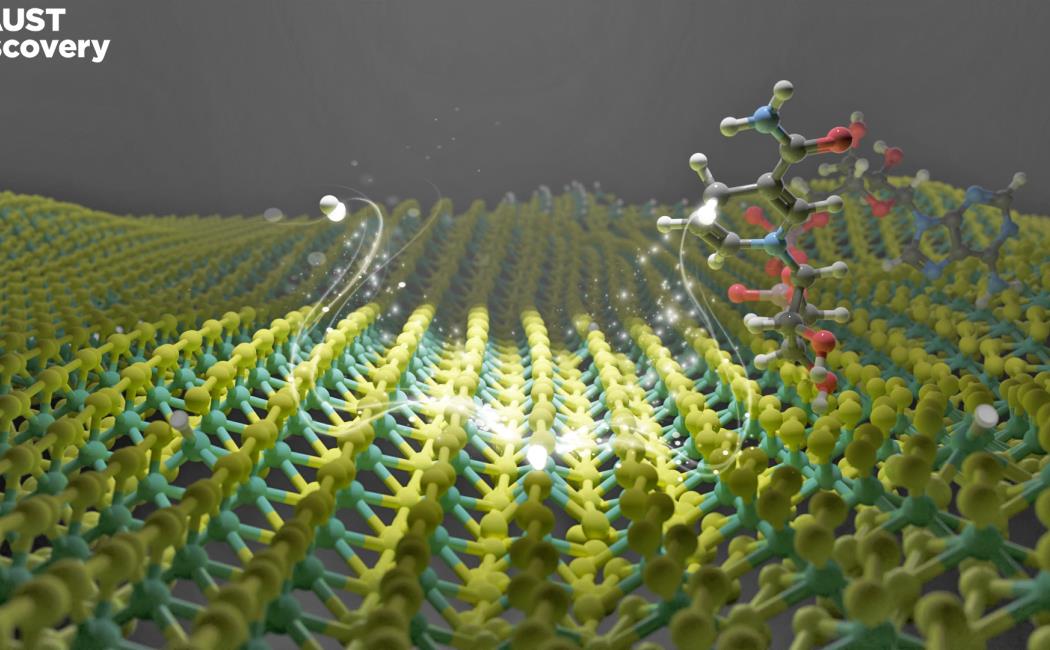

LATEST
NEWS

02 August, 2022
Sustainable fuel and chemicals production is closer to becoming a practical reality after KAUST researchers analyzed a precious metal-free electrochemical hydride transfer catalyst and discovered molybdenum was playing the central role.
Platinum has long been the preferred catalyst for electrochemical hydride transfer, a versatile chemical process for producing valuable chemicals or carbon-free fuels. If this electrochemical process was powered with renewable electricity, it could enable a more sustainable society. Platinum, however, is a rare and expensive precious metal, placing significant limitations on the uptake of this technology.
A far more abundant and less costly metal, molybdenum, could potentially take platinum’s place in the process, Magnus Rueping and his team have shown.
Several molybdenum-based catalysts, including molybdenum sulfide, have previously shown promise for hydride transfer electrocatalysis, but the reason for their high activity was unclear, and molybdenum’s role, in particular, remained a mystery. “We wanted to determine how this catalyst functioned,” says Jeremy Bau, a research scientist in Rueping’s lab.
The team applied a technique called electron paramagnetic resonance spectroscopy (EPR) in a bid to study the molybdenum sulfide electrocatalyst in action in real time. “Unexpectedly, we were able to capture the entire process as it was happening,” Bau says. “We were able to trap the catalyst’s active state: Mo3+ ions directly bound to hydrogen.”
Read more at KAUST Discovery.